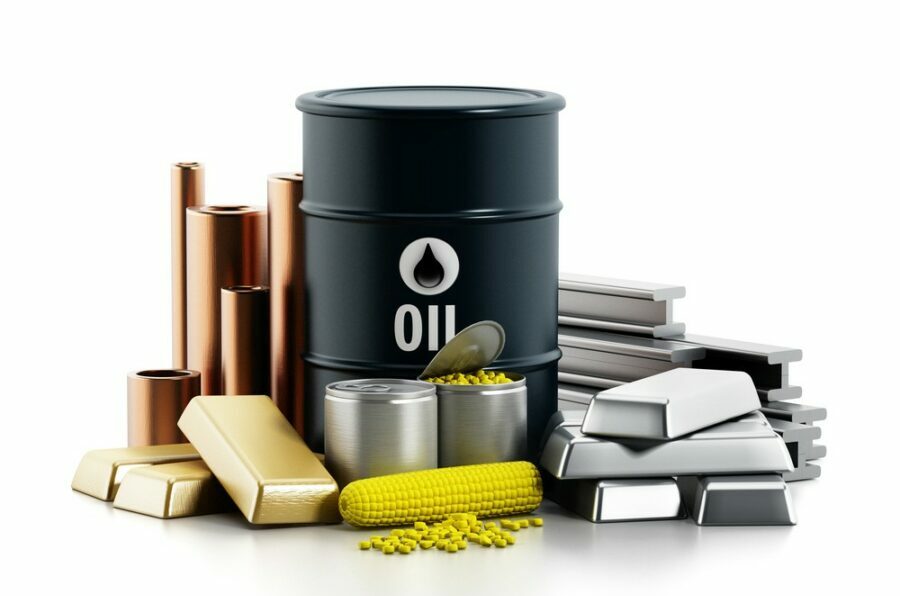The focus on global macro-economic developments continued to dominate this week’s commodity trading, which in some cases lessened the impact of otherwise positive micro developments like the decline in inventories seen across a number of different commodities. Bond yields increased, the dollar gained vigor, and the month-long bear-market rally in US stocks appeared to be losing steam, according to Ole Hansen, head of commodities at Saxo Bank.
The catalyst was remarks made by Federal Reserve officials reiterating their intention to keep raising rates until inflation eased back to their higher long-term target of roughly 2 percent, which has not yet been revised. These remarks allayed fears that the Fed would slow the pace of upcoming rate hikes in response to a string of recent negative economic data.
As a result of these developments, there is an increased risk that the world economy will slow down, especially given the risk of persistently high energy prices, including those for gasoline, diesel, coal, and especially gas, and the fact that the fight against inflation is still far from over. A blatant indication, according to Hansen, that the conflict between macro and micro developments is still present, which is likely to have a lasting negative impact on the short- and medium-term outlook.
Overall, these changes do not, however, change Saxo Bank’s long-term beliefs about commodities and their capacity to rise over time, according to Hansen. He added, “In my quarterly webinar, which was held earlier this week, I discussed some of the factors that we believe will contribute to the so-called old economy’s strong performance in the years to come, including underinvestment, urbanization, the green transformation, sanctions against Russia, and deglobalization.”
Regarding this past week’s performance, Hansen notes that the 2.3 percent decline in the Bloomberg Commodity Index is consistent with the dollar’s increase, which saw gains against each of the ten currencies represented in the index, including the Chinese renminbi.
Hansen explains that it is important to note that the mentioned commodity index does not include the EU TTF gas and power prices, which increased by roughly 23 percent and 20 percent, respectively, or the Paris Milling wheat price, which fell.
Moreover, Hansen said that the overall energy gains, led by refined diesel and US natural gas, were more than offset by losses in other sectors, most notably grains, which saw a decline in the price of wheat around the world, and precious metals, which suffered from the aforementioned rise in the dollar and yield.








